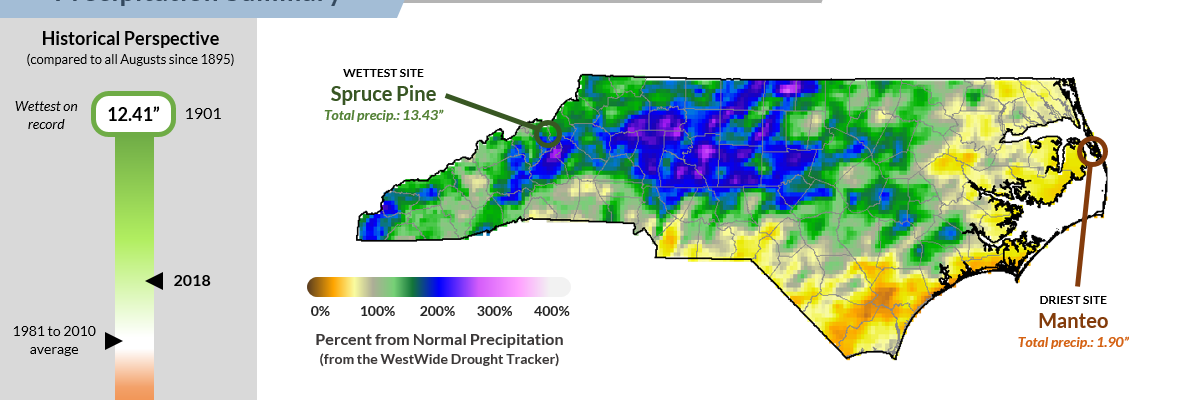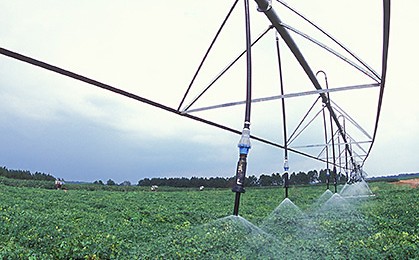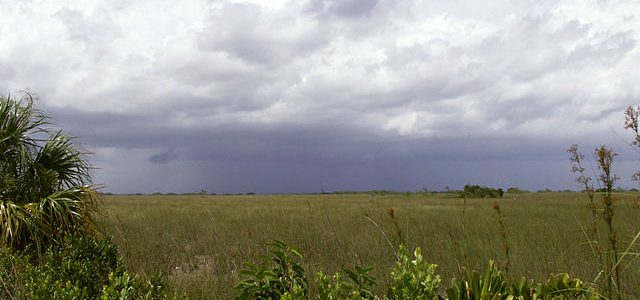-

The University of Florida College of Design, Construction and Planning has a new website available for landscape architects which discusses the science of climate change and strategies for adapting to warmer temperatures and rising sea levels. While it is geared for Florida landscape architects, it should contain information that is good for a lot of…
-

The latest Drought Monitor, released this morning, shows that a small area of moderate (D1) drought has been introduced to a small area of South and North Carolina where abnormally dry conditions have been present for several weeks. A second area has been introduced to northwestern Alabama on the border with Mississippi. Abnormally dry areas…
Posted in: Drought -

The latest monthly summary from the State Climate Office of North Carolina is now available online. You can read it at https://climate.ncsu.edu/climateblog?id=264.
Posted in: Climate summaries -

If you are a baker and use vanilla in your baking, you have no doubt noticed that the price of real vanilla has skyrocketed in recent years as people turn towards natural flavors rather than artificial vanillin. According to a recent article in the Miami Herald, vanilla is now worth more than silver. Vanilla is…
-

Here are links to two recorded webinars on irrigation which may be of some interest to crop farmers, from the Plant Management Network. Increasing the Water Use Efficiency of Irrigated and Dryland Cotton with Cover Crops Summary: Cover crops have remained a popular topic over the past few years, mainly due to the potential of the…
-

Just a few minutes before I started writing this, my favorite cat-sitter and friends sent out a Facebook post from their 13th floor vacation condo on Perdido Key west of Pensacola as TS Gordon bears down on them. They are without power and water but so far are safe and dry. Yesterday they did not…
-

I was interested to read this Physics Today article about how plants that are being affected by drought can actually change the composition of the atmosphere around them. When they are feeling the effects of drought, the plants close their stomata to decrease water loss. This reduces the amount of carbon dioxide that is used.…